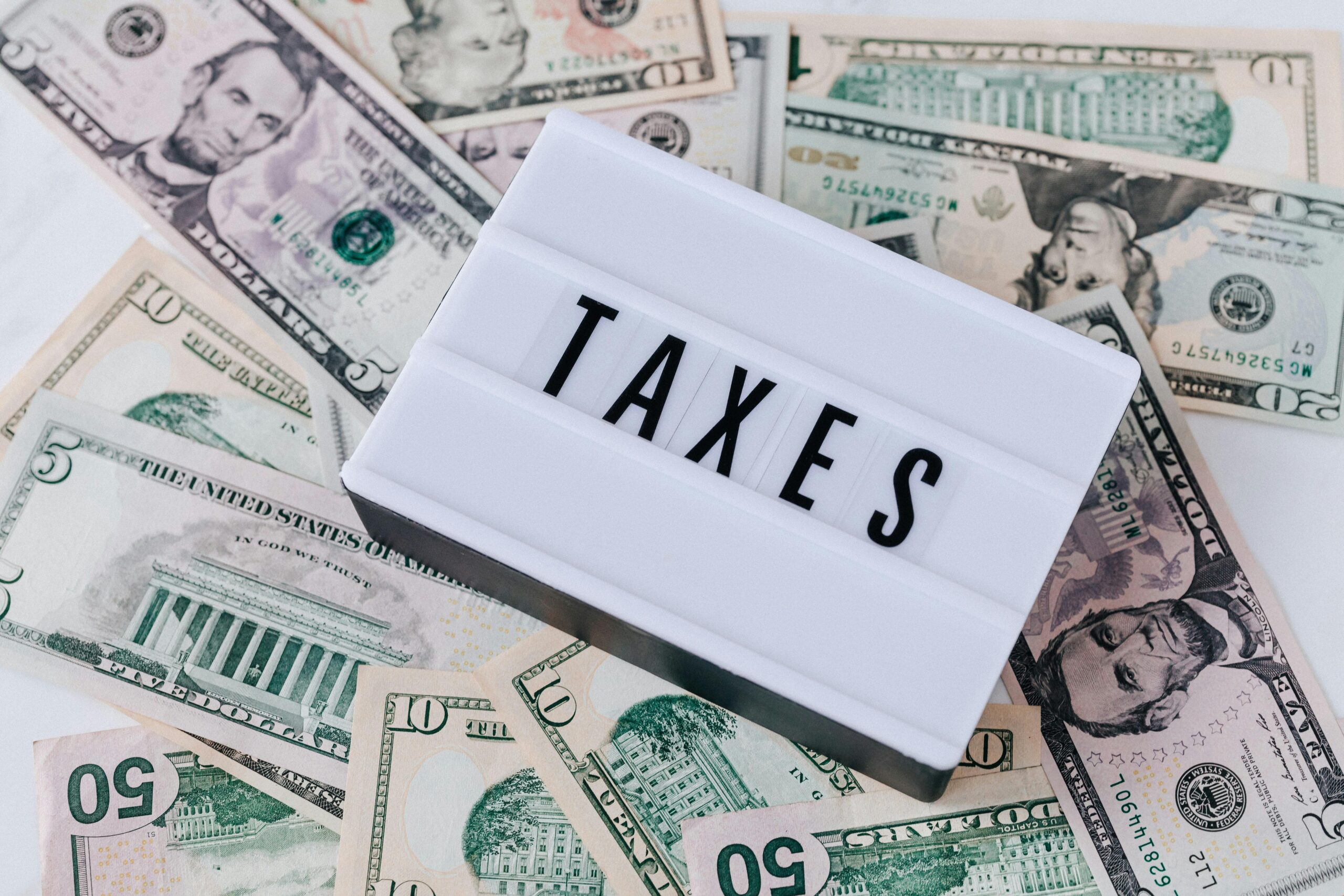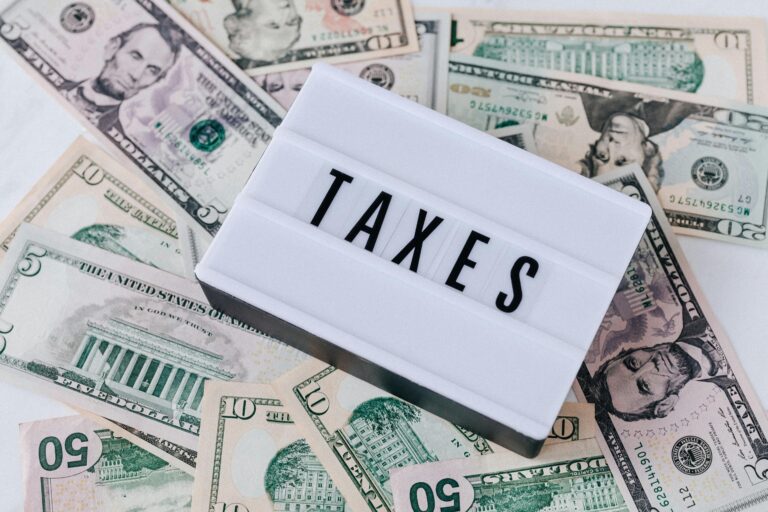
With Donald Trump now back in the White House in 2025, real estate investors are once again front and center in national policy discussions. Dubbed “Trump 2.0,” his second term brought renewed focus on economic growth, deregulation, and tax strategies designed to stimulate investment—especially in real estate, an industry he has long championed.
Investors who paid attention in Trump’s first term already understood how his administration shaped favorable conditions for property owners. Now, with a second term underway, many are eager to capitalize on tax policy changes that could dramatically affect capital gains, 1031 exchanges, depreciation rules, Opportunity Zones, and more.
Here’s what real estate investors needed to know—and how those already adapting have positioned themselves to benefit from the Trump administration’s latest round of tax reforms.
1. Capital Gains Taxes Remained Low—And Could Drop Further
Under Trump’s leadership, capital gains taxes remained a key target for reform. He resisted previous efforts to raise long-term capital gains rates, ensuring they stayed at a maximum of 20%, plus the 3.8% Net Investment Income Tax for high earners.
In early 2025, Trump’s administration began signaling interest in lowering capital gains taxes even further, particularly for long-term investments and middle-class investors.
What this meant for investors:
Those who had held onto appreciated properties during the election year were rewarded. By waiting until after the election, many investors enjoyed a more favorable tax environment, especially as discussions began around potentially eliminating capital gains taxes for certain income brackets or investment types.
2. 1031 Exchanges Were Protected—and Potentially Expanded
One of the first signs that real estate investors were going to be treated favorably came when the Trump administration reinforced support for 1031 like-kind exchanges, a crucial tax deferral tool that allows investors to roll over gains from one property into another without triggering immediate tax liability.
While the previous administration floated the idea of capping or restricting 1031s, Trump 2.0 doubled down on preserving the policy—and explored potential expansions, such as:
-
Removing value limits on eligible exchanges
-
Streamlining documentation and reporting
-
Including more types of real estate investments
Result:
Investors restructured portfolios with renewed confidence, swapping into better-performing assets without triggering capital gains, and increasing liquidity for long-term growth.
3. Bonus Depreciation Was Revived
One of Trump’s most investor-friendly tools from his first term—100% bonus depreciation—was beginning to phase out in 2023. However, as part of his 2025 economic stimulus push, the administration worked with Congress to restore or extend bonus depreciation allowances, particularly for property improvements and commercial real estate.
This move once again gave investors a chance to rapidly write off large portions of property upgrades, renovations, and equipment purchases.
What smart investors did:
Many developers and landlords fast-tracked capital improvement projects in 2025 to take advantage of new depreciation timelines—reducing their taxable income while improving property values.
4. Opportunity Zones Were Revamped
Trump’s Opportunity Zones initiative, launched in 2017, returned to the spotlight in 2025. His administration reintroduced the program with expanded incentives, clearer guidelines, and additional eligible census tracts.
While the original program faced criticism for benefiting high-end investors more than communities, Trump’s team made moves to:
-
Increase transparency and accountability
-
Introduce performance-based tax incentives
-
Attract institutional capital into distressed areas
How investors responded:
Fund managers and syndicators quickly mobilized, raising new Opportunity Zone funds to target requalified zones, while individual investors sought long-term tax-free appreciation by parking capital gains in newly eligible neighborhoods.
5. Corporate Tax Cuts Boosted Holding Companies and REITs
One of Trump’s earliest legislative pushes in 2025 was to reduce the corporate tax rate even further from the existing 21%. While details were still unfolding, early indicators showed a shift to lower taxes for C-corporations and large real estate holding entities, mirroring his 2017 playbook.
For REITs, real estate holding companies, and investors operating through corporate structures, this meant increased net income, stronger dividends, and greater incentives to expand operations.
Action taken:
Tax strategists encouraged real estate investors to reconsider their entity structures, with some converting to or launching new C-corporations to take advantage of lower rates.
6. Estate Tax and Wealth Transfer Rules Favored Generational Planning
Estate tax reform once again became a hot topic under Trump 2.0. His administration prioritized protecting generational wealth, particularly for business owners and property investors.
The federal estate tax exemption, which had been slated to fall in 2026, was preserved at high levels—over $12 million per individual—allowing wealthy investors to pass down real estate portfolios without triggering large tax burdens.
Additionally, Trump supported reforms to:
-
Eliminate “step-up” basis repeal proposals
-
Streamline family limited partnerships
-
Encourage early wealth transfers through trusts and gifting
Outcome:
High-net-worth individuals and real estate families accelerated their estate planning, locking in favorable terms for multi-generational ownership and wealth building.
Investor Playbook: What to Do in Trump’s Second Term
With Trump’s second administration well underway, savvy real estate investors have begun executing updated strategies to take full advantage of the pro-investor tax landscape.
✅ 1. Reassess Portfolio Timing
Selling appreciated assets now carried less tax burden. Investors with significant equity took advantage of 1031 exchanges or capital gains relief to reposition their portfolios.
✅ 2. Double Down on Renovation and Development
Thanks to revived bonus depreciation, investors fast-tracked renovation timelines and made improvements to increase property value while reducing taxable income.
✅ 3. Explore New Opportunity Zones
With the program expanded and simplified, many capitalized on the new wave of OZ investment possibilities—often teaming up with syndicators or funds.
✅ 4. Refine Tax and Entity Strategy
C-corps became more attractive for certain types of real estate businesses, especially those reinvesting earnings. Meanwhile, estate planners updated trusts, gifting strategies, and family limited partnerships to reflect new rules.
✅ 5. Stay Nimble for New Tax Incentives
The Trump administration signaled that further rounds of tax cuts may be coming. Investors who remained agile and informed were positioned to act quickly when legislation passed.
Final Thoughts
Trump’s return to the presidency in 2025 brought with it a fresh wave of pro-real estate tax policies aimed at growth, development, and wealth-building. From extended bonus depreciation and preserved 1031 exchanges to capital gains relief and renewed Opportunity Zones, the Trump 2.0 era has offered real estate investors the most favorable tax environment in years.

Those who studied the trends, adapted their strategies, and aligned their portfolios with new tax rules are now reaping the rewards. But the key to long-term success lies not just in reacting—but in planning ahead. As the second Trump term progresses, staying ahead of legislation, capitalizing on incentives, and building a smart tax strategy will continue to separate average investors from the truly great.
Now is the time to act.





